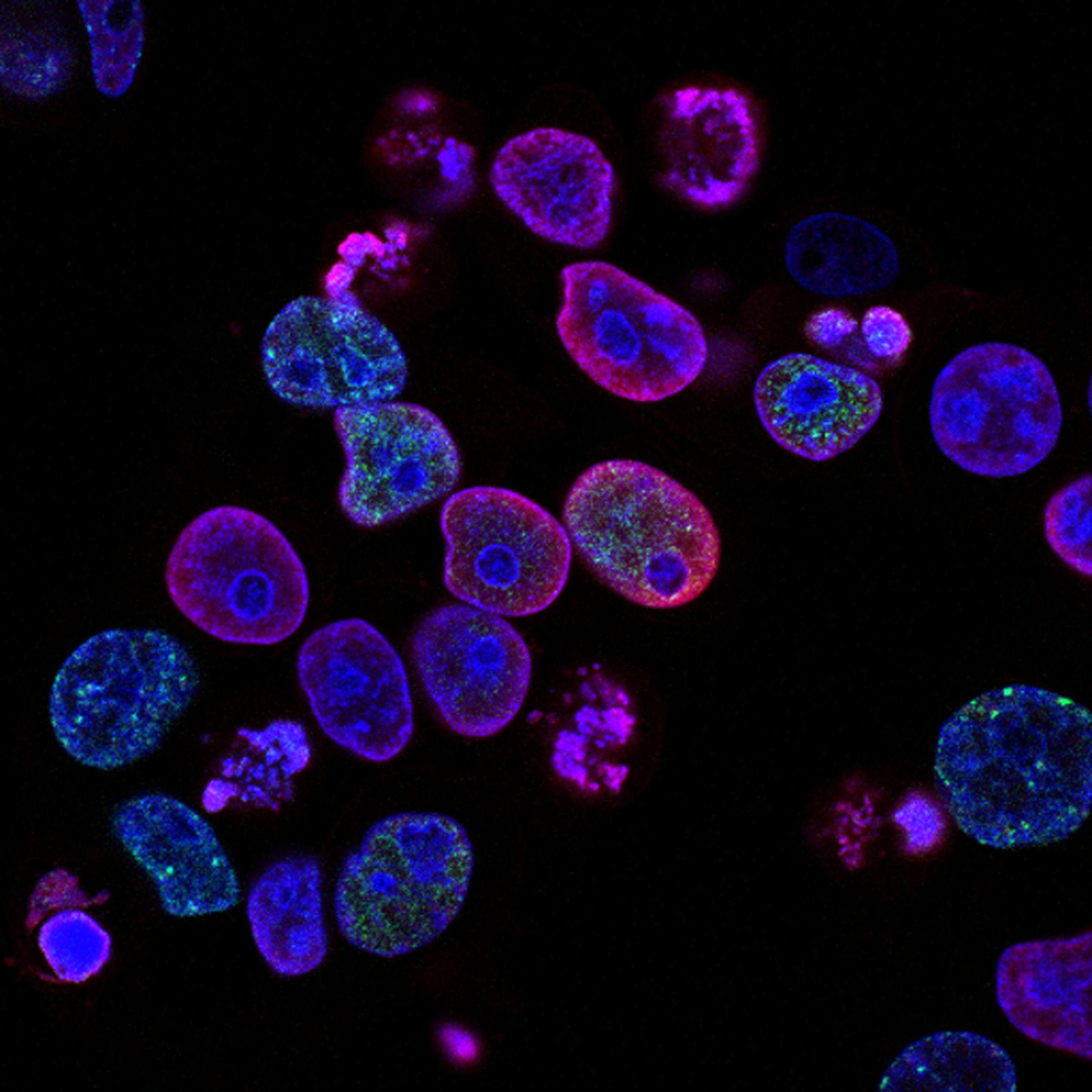Stem cells have been making waves in the field of medical science lately, and for good reason. These tiny but mighty cells have revolutionized organ and tissue regeneration in ways we never thought possible. From repairing damaged heart muscles to growing new skin, stem cells have shown incredible potential in healing our bodies from within. In this blog post, we will explore what exactly stem cells are, the different types of stem cells out there, their uses in organ and tissue regeneration, successful cases of their application, as well as the promising future directions of stem cell research. Get ready to be amazed by the power of these remarkable little cells!
What are Stem Cells?
Stem cells are unique cells in our bodies that have the ability to develop into many different cell types. They can divide and renew themselves over a long period of time, making them crucial for replacing damaged or diseased tissues throughout our lives.
These versatile cells are found in various parts of our bodies, including bone marrow, blood vessels, and even baby teeth! There are two main types of stem cells: embryonic stem cells and adult stem cells.
Embryonic stem cells come from embryos that are just a few days old. They have the potential to become any type of cell in the body, which makes them extremely valuable for medical research purposes. However, their use is controversial due to ethical concerns surrounding embryo destruction.
Adult stem cells exist throughout our bodies and can be isolated from tissues like bone marrow or fat. While they don’t have quite as much flexibility as embryonic stem cells, they still have tremendous therapeutic potential by helping repair damaged tissue without the need for invasive surgeries.
Understanding what exactly these special little cells do is important for appreciating their immense value in regenerative medicine.
The Different Types of Stem Cells
Stem cells are unique cells that can differentiate into various types of specialized cells in the body. There are three main types of stem cells: embryonic, adult, and induced pluripotent stem cells.
Embryonic stem cells are derived from embryos that are just a few days old. They have the potential to become any type of cell in the body, which makes them very versatile for research purposes.
Adult stem cells, on the other hand, exist in tissues throughout our bodies and can replenish damaged or dying tissue as needed. These include hematopoietic stem cells found in bone marrow and mesenchymal stem cells found in adipose tissue (fat) or blood vessels.
Induced pluripotent stem (iPS) cells were first created by scientists using skin samples taken from adults. By reprogramming these adult skin cells back into an embryonic-like state, they became iPS cells with many similar properties to embryonic stem cell counterparts.
Each type of stem cell has its own unique characteristics and potential uses in organ and tissue regeneration research. Understanding these differences is important for advancing this exciting field further.
How Stem Cells Are Used in Organ and Tissue Regeneration
Stem cells have the ability to differentiate into various types of cells and tissues, making them a promising tool for regenerative medicine. In organ and tissue regeneration, stem cells are used to repair or replace damaged or diseased tissues.
One example is in bone marrow transplants, where hematopoietic stem cells are taken from a donor and infused into the recipient’s bloodstream. These stem cells then migrate to the bone marrow and regenerate blood-forming cells that were destroyed by chemotherapy or radiation.
Stem cell therapy has also been used successfully in skin grafts for burn victims. By using epidermal stem cells, doctors can grow new skin layers in a laboratory setting which can then be grafted onto the patient’s burned areas.
In addition, mesenchymal stem cell treatments have shown promise in repairing damaged heart muscle after a heart attack. The injected stem cells help improve cardiac function by promoting growth of new blood vessels and reducing inflammation.
The use of stem cell therapy for organ and tissue regeneration is still an area of active research with potential applications across many medical fields.
Successful Cases of Organ and Tissue Regeneration Using Stem Cells
Stem cells have already proven to be an effective tool in the field of regenerative medicine. Researchers have made significant strides in using stem cells for organ and tissue regeneration, with many successful cases reported.
One notable success story is that of a young girl named Hannah Warren who was born without a trachea. In 2013, doctors used stem cells to grow a new trachea for her using her own bone marrow cells. The procedure was successful, and Hannah was able to breathe on her own for the first time in her life.
Another remarkable case involves burn victims who received treatment at University Hospital Zurich’s burns unit. Doctors there were able to use stem cell therapy combined with skin grafts to regenerate damaged skin tissue, resulting in faster healing times and less scarring.
Stem cell therapy has also shown promise in treating heart disease. In 2016, researchers at Emory University School of Medicine successfully regenerated damaged heart muscle tissue in mice by injecting them with stem cells derived from human fat tissue.
These are just a few examples of how stem cell research has revolutionized the field of regenerative medicine. With continued advancements and research, it’s exciting to imagine what other successes could be achieved using this powerful technology.
The Future of Stem Cell Research
As we have seen, stem cells have already revolutionized the field of organ and tissue regeneration. With their incredible ability to differentiate into different cell types, they offer a promising solution to many medical conditions that were previously untreatable.
However, there is still much more to be discovered about these remarkable cells. Researchers are constantly exploring new ways in which stem cells can be used, from treating autoimmune diseases to even regenerating entire organs.
As technology advances and our understanding of stem cells deepens, we can only expect greater breakthroughs in this field. There is no doubt that the power of stem cells will continue to shape the future of medicine for years to come.









